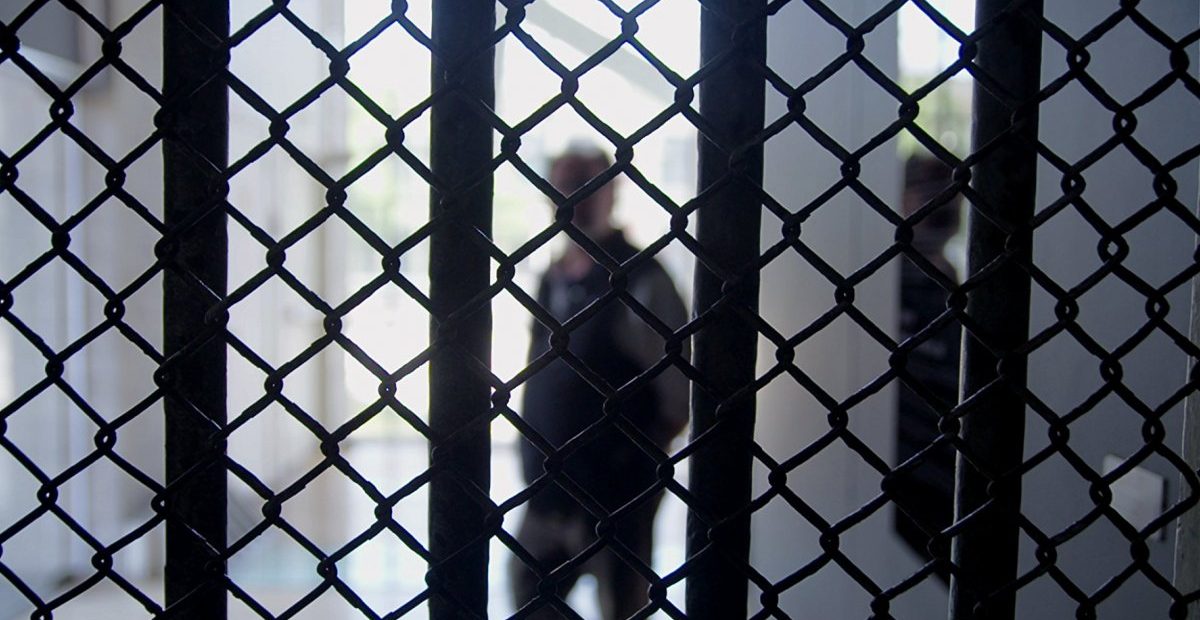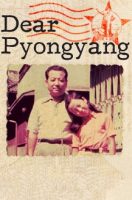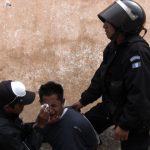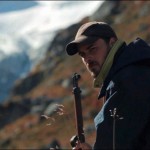Director: Andrés Lubbert
Watch The Color of the Chameleon on FilmDoo
When in Chile, a traveller will immediately understand the country’s past echoing in its people’s lives. Now one of South America’s most prosperous and modern nations, Chile is still trying to cope with the trauma of its dictatorial past.
The Color of the Chameleon is an informative and extremely emotional documentary which analyses the complex issue of remembering and deciphering such a traumatic past. Much like a “letter” to his father Jorge (a war reporter based in Europe), the film attempts to answer the questions that Andrés has asked himself since he was a young boy. Why is his father always fleeing (literally and figuratively)? How much of our parent’s emotional DNA is passed down to us? And how do we live with the burden of our family’s past?
Desperately needing to create ties with his distant and often absent father, Andrés Lubbert’s film is a journey into Jorge’s purposefully forgotten youth and tainted family relationships. Jorge is pushed by his son, in a most humble way, to “remember what [he] had forgotten”. As they try to crack open the window into Jorge’s locked down emotions, they enter symbolic buildings from the Pinochet era. These secret service buildings, torture houses, military training centres are all desolate, empty and frozen in the past, yet still standing. Along his recollection trail, the obsolete buildings operate as Jorge’s memory shots.
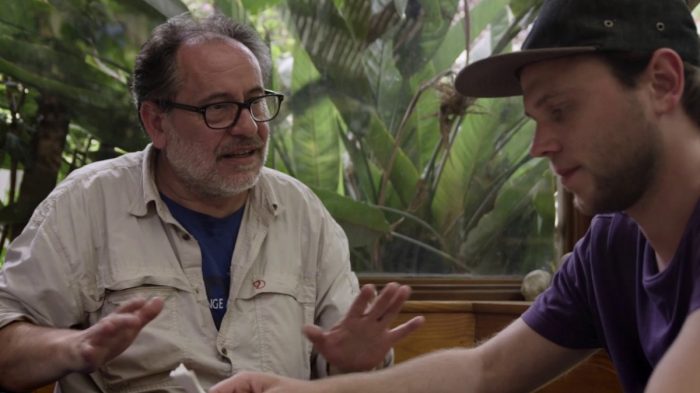
A voice-over of Andrés’ thoughts and doubts punctuate the film’s images as his father’s past is slowly unveiled. Forced to work for the secret services, Jorge reluctantly rediscovers the buildings and areas of this troubling period. “I’m not going into detail”, “Some details, I keep to myself” – to preserve humanity, he says. In parallel, half-way through the documentary, a young actor reads Jorge’s testimony from a retrieved file. This anonymous voice acts out a young Jorge and reveals his involvement during the country’s darkest decades.
In the film, which takes us from Chile to Germany, photos and cameras are the ever-present objects which help Andrés and Jorge solve the puzzle. Obliterated and buried photos bring about questions, dialogues, memories, pain, while the various cameras create not so much a protective wall from the truth but a safety net, enabling the evolution of the conversation between the two men. Photos and cameras are a leitmotiv surrounding Andrés and Jorge’s trip together.
Father and son, in their separate ways, try to make sense of these flashes from the past. Both views intertwine and instil this documentary with empathy and complexity.
Watch The Color of the Chameleon on FilmDoo

